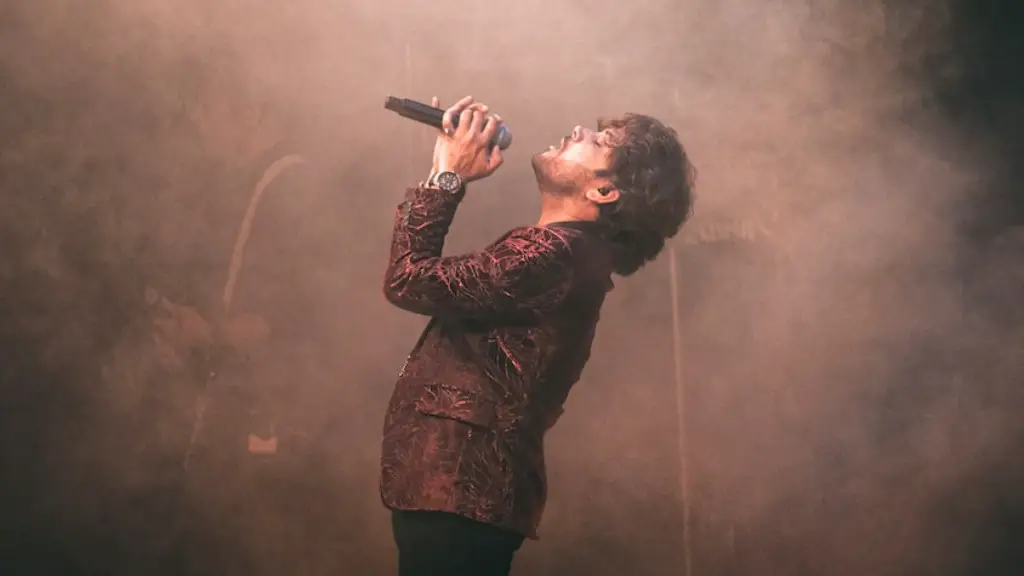Drawing a canyon can be a daunting task, but with a few simple steps and a lot of patience, it’s possible even for a novice artist. In this article, we’ll explore some tips for creating a stunning canyon landscape in just a few short hours.
The first tip for creating a canyon is to start by sketching the terrain. This will give you an idea of how the structure of the canyon should look from the side view. Use wavy lines to indicate mountains, ridges and valleys and gradually form the outline of the canyon. Remember to leave enough room between the sides of the canyon so that they don’t touch. You can also add lower lying details such as rivers, streams and other small features.
Once you have the basic shape, it’s time to add the finer details of your canyon. Use shadows and cross-hatching to give the canyon walls texture and depth. Pay attention to the texture of the surfaces,think about how the light catches them and whether there’s a certain shading that helps make the canyon look realistic.
Now that you have the basic structure and details of your canyon, the next step is to add some color. Pick a color palette that you like and start adding the hues to your canyon. You can use a limited color palette or paint the canyon in tones of white, blues, greens and ochre. Make sure to blend the colors together in such a way that they create a realistic effect.
It’s time to add some realism to your canyon drawing by adding finer details such as trees, rocks and even some wildlife. Use dots and small lines to indicate trees and foliage and darker hues to create rocks and other small structures. If you like, you can also add animals or birds to the painting to make it even more realistic.
The final step is to add atmosphere to your painting. Use fine white lines to create the illusion of smoke, mist or haze. You can also add dark hues in the background to give the painting a sense of depth and distance. Once you’re happy with the painting, you can frame it or hang it on a wall for everyone to admire.
Now that you understand the basics of how to draw a canyon, you can start practicing and putting all of your new skills together. Drawing can be a very long and challenging process, so make sure to take it slow, be patient and don’t give up. As long as you keep practicing, you’ll eventually create a stunning and realistic canyon painting.
To make your canyon look even more realistic, practice adding small details such as insects and water droplets. You can also use light and shadows to create texture, add moss and other plants to give it a glimpse of wildness, and use bright colors to make it look vibrant and alive.
The next step is to get creative with your color palette. Experiment with unique combinations and tones, and play around with the paint until you find something you like. You can also try experimenting with black and white to create interesting shapes and patterns that stand out from the rest of the landscape.
To add even more realism to your canyon painting, try playing around with shades and tints to create the illusion of depths and shadows. Darker hues and shades create the appearance of greater depths, while lighter ones can make the painting look as if it’s emerging from the shadows. Use your imagination and have fun with the colors to create truly stunning results.
Finally, if you really want to perfect your canyon painting, try finishing it off with highlights and lowlights. Highlighting small areas can create the look of snow-capped mountains while lowlighting others can create the illusion of bottomless depths. Practice making small adjustments until you achieve a realistic and stunning landscape that’s worthy of admiring.
Creating a canyon landscape doesn’t have to be a difficult task. Just follow these simple steps and use your imagination, and you can create a stunning canyon painting in just a few hours. So, grab your paint sets and get started today!
